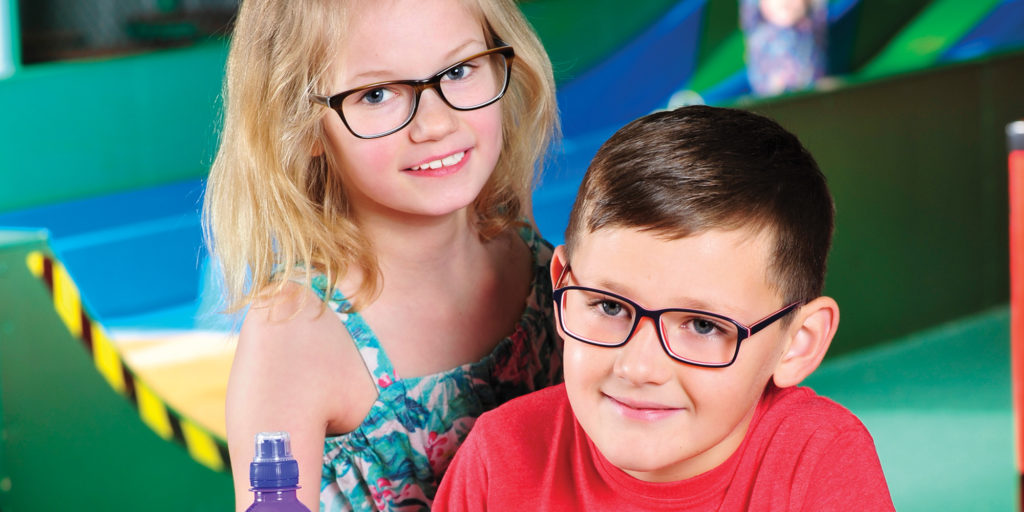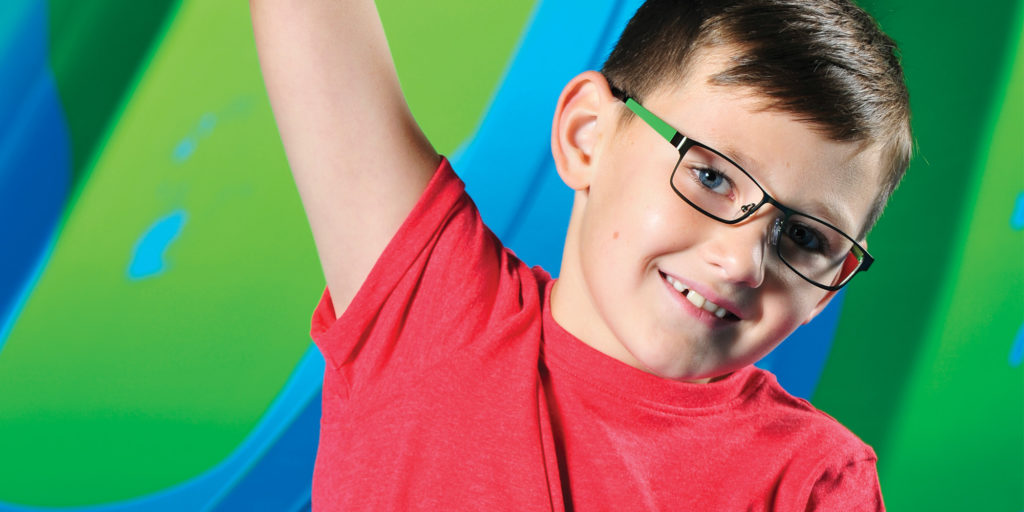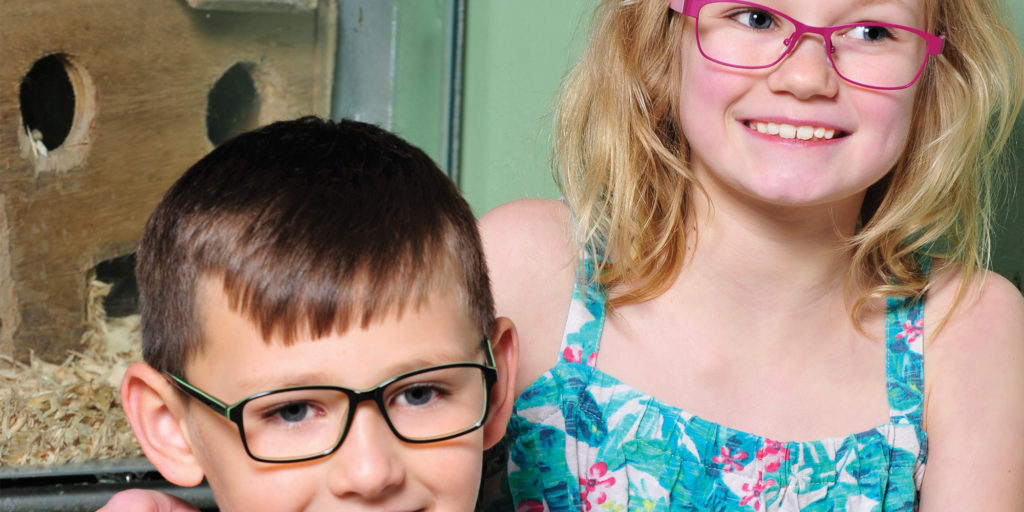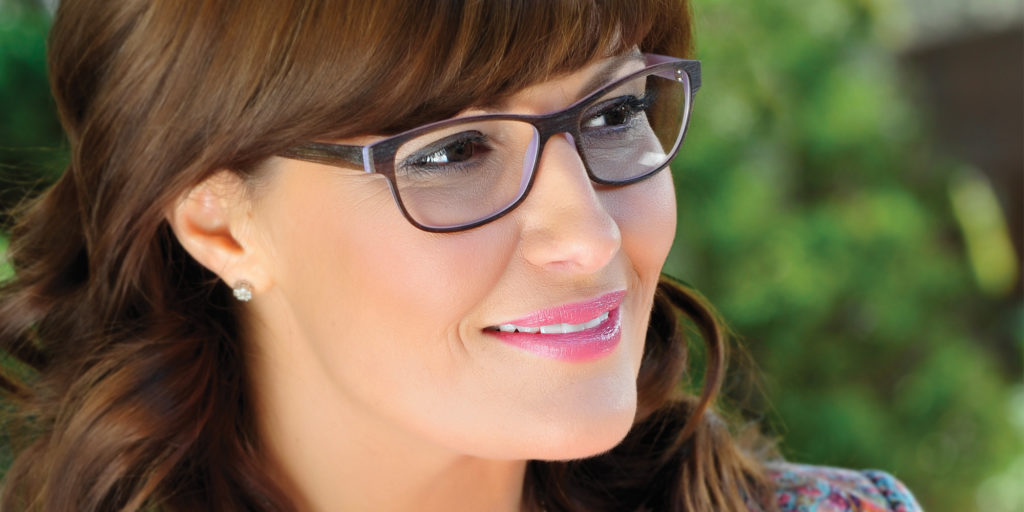A visionary idea
Help your model pupils, with a visit to Reid and Gordon opticians.
Good vision is critical to a child’s early educational, functional, and social development. Parents should be aware that it is essential to address the child’s visual needs as early as possible. Healthy sight can contribute to a healthy start in life.
“Children’s eyes, as well as their visual needs, differ from those of adults in a number of important ways.”
A child’s visual system develops over the first few years of their life. Amblyopia (lazy eye) is best treated before the age of four but continued improvement can be made up to the age of seven; after this critical period, perfect vision cannot be achieved. Amblyopia and squints are evident by the age of four and may be detected by the parent, health visitor or a teacher, but if they are not picked up and if a child has an uncorrected refractive error it will impact on the child’s ability to perform well at school. It may also hinder the child in later life to enter certain professions where good eyesight is a prime requirement.
The eyes continue to develop during childhood. The majority of children at birth are long sighted (hypermetropic) which, if within normal limits, will correct itself as the child matures. However if a refractive error is not properly corrected there is a risk of permanently poor vision.
Children’s eyes, as well as their visual needs, differ from those of adults in a number of important ways. A child’s immature visual system is more prone to irreversible damage. It’s therefore important to have your child regularly assessed by a registered optical professional.
The main childhood eye problems relate to improper development of the visual system. Conditions such as amblyopia
(lazy eye), strabismus (squint) and uncorrected refractive error (short sightedness [myopia], long sightedness and astigmatism) are the most common. They are also all related. If a child has a squint, or if one eye has a significantly different refractive error from the other, this will lead, if uncorrected, to a lazy eye. The less dominant eye is effectively “switched off” and does not develop properly. The child accommodates to use the eye which is least long-sighted which leaves the other eye with reduced visual acuity.
In the UK all children under-16 and those under-19 and in full-time education qualify for a free NHS-funded sight test. Remarkably only 22 per cent of under-16s have ever had a sight test. So why not book in a test with Reid and Gordon in Truro now?
"Children's eyes, as well as their visual needs, differ from those of adults in a number of important ways."







